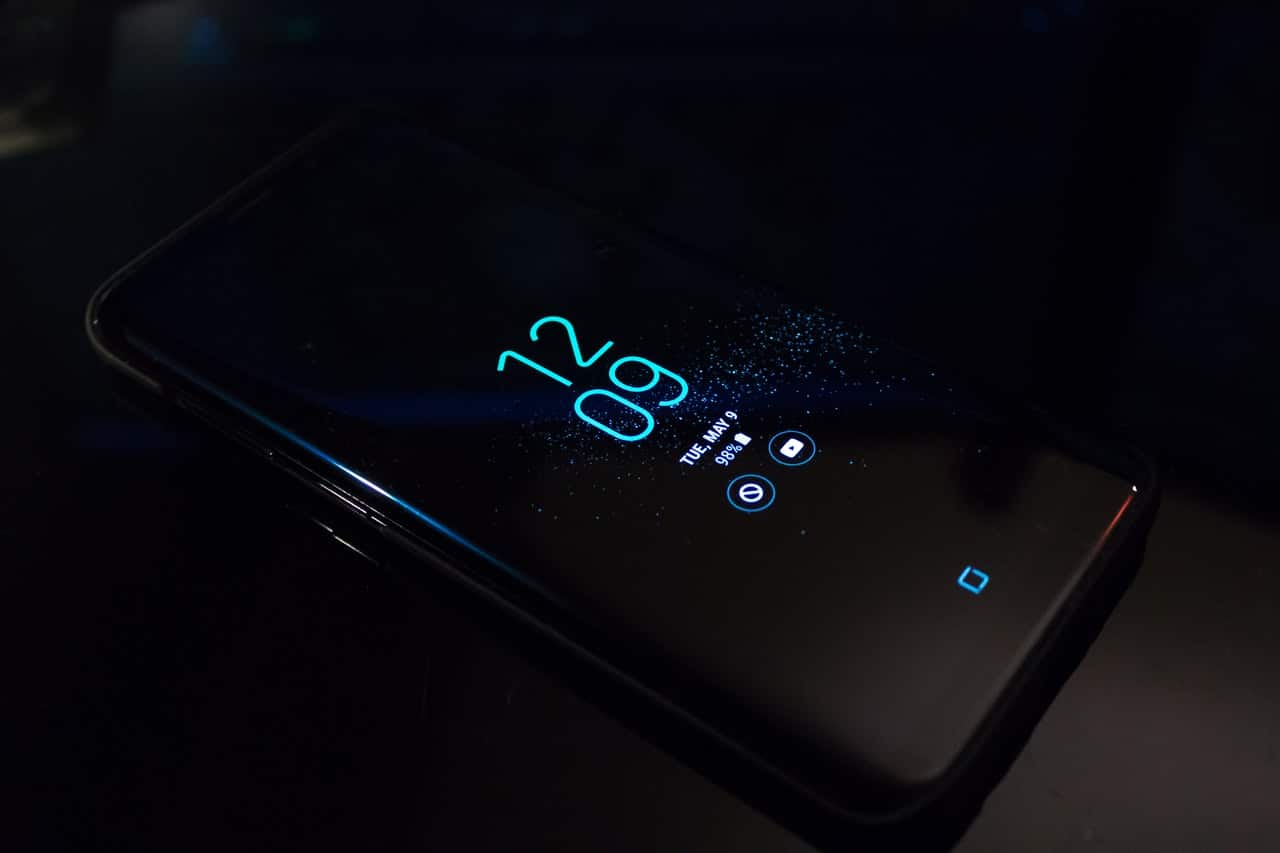When push notifications made their debut, businesses and brands in every industry clamored to make use of them. With many companies creating their own apps to ensure their customers receive the latest information about new products and company updates, push notifications became a must-have for any marketing campaign. As newer marketing strategies emerge, many wonder if push notifications hold any relevance in the future. The following information reveals where push notifications stand today.
IMAGE: PEXELS
Are Push Notifications Still Effective?
Push notifications took the world of marketing by storm for their effectiveness in improving customer engagement. With push notifications, engagement is measured according to the average sessions that recipients complete during the first week they receive the push notification message. Statistics show that push notifications resulted in a 30% boost in engagement since 2017, peaking at 3.75 sessions per user. This climb in engagement a result of marketers learning new ways to effectively utilize these notifications by segmenting audiences for a more tailored approach to marketing.
More advanced methods of segmentation like geo-push based on location are directly responsible for this increase in engagement. Despite this improvement, the average opt-in rate for push notifications is 53%, barely budging from the 2014 average of 52%. While push notifications continue to have an impact, statistics show that there is still room for improvement.
In recent years, marketers have learned the more personalized each push notification message is, the more likely users are to take action. As such, with increased segmentation of push notification messages comes an increase in engagement as notifications can be received regardless of roaming service or roaming control.
Broadcast Messages vs. Personalized Push Notifications
2018 saw a significant increase in personalized push notifications. Marketers that opt for personalized, segmented messages are able to see the most benefit from sending push notifications using SMS API instead of using widely blasted broadcast messages. As a result, widespread “blasts” of push notifications have decreased dramatically. These types of broadcast messages dropped to 15% and continue to fall. In this regard, generalized push notifications are increasingly ineffective.
The Power Of Personalized Messaging
The development of push notification marketing through the years shows the power of personalized messaging. As marketers move from generalized announcements to more refined messages, they’ve seen clearer mobile engagement.
Personalized push notifications effectively take user attributes and location-specific details into consideration to create dynamic content that the end-user would find the most interesting. These user attributes consider elements like the user’s name, email, age, language, favorite items, and similar factors like recent purchases, and the latest media they’ve interacted with.
This dynamic messaging employs information that considers all of this behavioral data as well as users’ profiles to speak directly to the individual user. This type of marketing transforms a generalized message by automatically inserting specific details relating to that user’s interests.
This combination of message type and push notifications results in segmented campaigns for dynamic messaging that take the novelty of broadcast campaigns while injecting complex attributes for each user, resulting in a personalized experience.
To gauge whether push notifications using SMS API are still effective, marketers can use the following metrics:
- Engagement
Increased engagement is the goal of any push notification campaign. The easiest way to gauge the effectiveness of a message is to determine the number of times users open the app after receiving a push notification. In recent years, marketers have seen these statistics skyrocket as they shifted from broadcast messaging to more dynamic and segmented messages. - Open Rate
In addition to measuring engagement, looking into the open rate is another important metric in determining the effectiveness of push notifications. This average refers to the amount of times users click on the message after seven days of receiving it, divided by the total number of messages sent. A higher open rate shows that the message is interesting enough to entice users to read more.Though many marketers use various statistics to determine conversions, this metric is generally a way for marketers to determine whether or not the end-user took the desired action. For some, this may be favoriting content, viewing a video, or visiting a page. A high conversion rate indicates that the message effectively convinced users to take the intended action.
Marketers that hope to see the most results from push notifications will find that the dynamic and segmented push messages are the most effective.
Location-Based Messaging With Push Notifications
When considering trends in push notification marketing, many brands and businesses are focusing on location-based targeting. This type of focus is essential to creating a unique experience for users. This type of messaging uses that end-users’ location through the app and sends them related messages accordingly. Location tracking is considered to be a valuable trigger for push notifications. Marketers that use this method discover that users have a positive perception of personalized push notifications compared to other types of messaging.
Other statistics reveal location tracking to be the most useful and valuable trigger used with this form of messaging as it can be used with any roaming service and any form of roaming control. Marketers that use location-based messaging see their open rates double and their conversion rates triple.
While conversion rates are challenging to define, they tend to be more evident when used with location-based notifications. As geo-push notifications are a real-time reaction with the end-users’ location, this incites a sense of urgency. Such urgency encourages users to act immediately, resulting in higher mobile engagement and conversion rates.
Like any other marketing tool, push notifications have their place in the business world. While brands should continue to use this tool to effectively reach their end-users, they would do well to continue refining their use of push notifications and other forms of technology in their marketing campaigns.
If you are interested in even more business-related articles and information from us here at Bit Rebels, then we have a lot to choose from.


COMMENTS